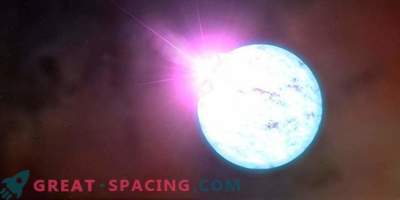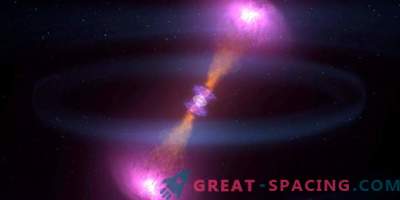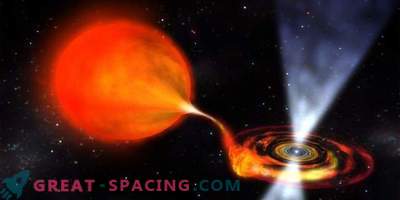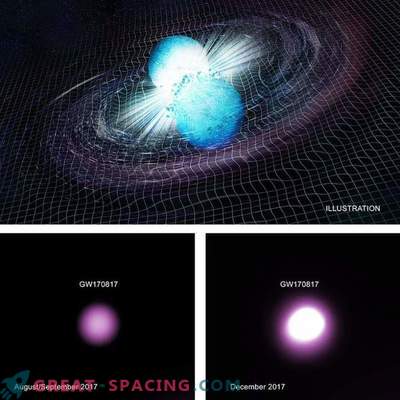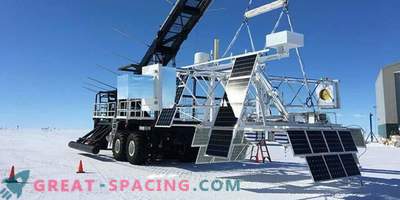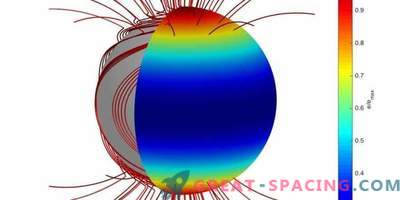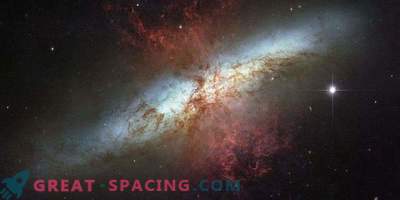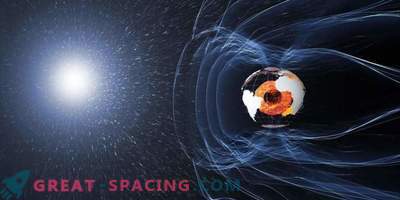
Artistic vision of the merger of two neutron stars
Quark matter is an extremely dense phase of matter, represented by subatomic particles called quarks. It may exist at the base of neutron stars. It can also be created in the Large Hadron Collider CERN. However, the collective behavior of quarks is difficult to copy.
In a recent study, new data from neutron stars helped scientists to establish severe restrictions on the mass behavior of this extreme form of matter. For this, the neutron star property derived from the first observation of LIGO and Virgo was used. We are talking about gravitational waves - ripples in the tissue of space-time, released in the process of merging neutron stars. This property describes the cruelty of a star in response to stress caused by the gravitational attraction of its neighbor. That is, we are talking about tidal deformation. To describe the collective behavior of a quark substance, physicists are used to using the equation of state that relates the pressure of a substance to other characteristics. But still it was not possible to derive a unique equation of state for the quark. It was possible to obtain only groups of such equations. Introducing the values of tidal deformations of neutron stars, it was possible to drastically reduce the size of the group of equations. This guarantees more stringent restrictions on the collective properties of quark matter and nuclear matter at high densities.
Having obtained new conclusions, the researchers used these limits to form the properties of a neutron star. Thus, it was possible to establish a connection between the radius and the mass. It turns out that the radius of a neutron star, 1.4 times as massive as the Sun, should reach 10-14 km.
